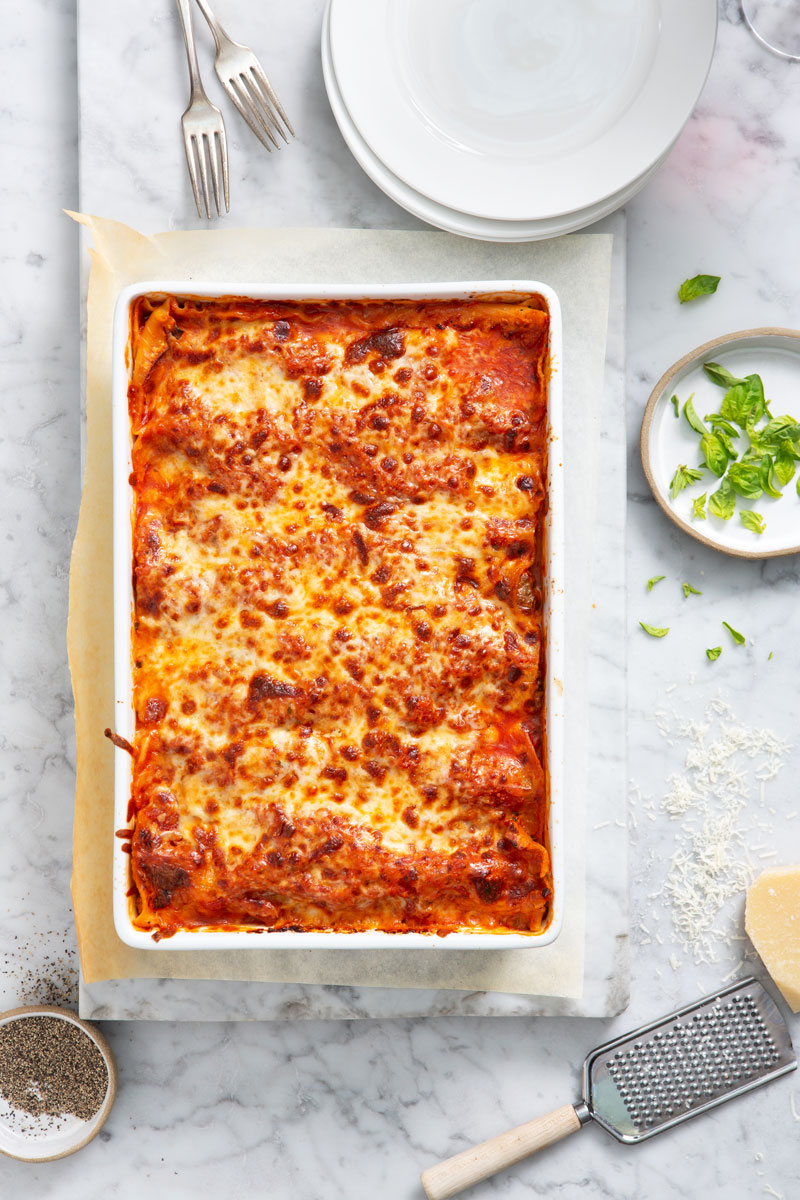Classic Three-Cheese Lasagna
| You can
never go wrong with a classic! Our Classic Three Cheese Lasagna recipe is the
perfect meal for any occasion. Deliciously cheesy, it’s as easy as one, two…
three! Learn how to make the perfect lasagna here! |
You can never go wrong with a classic! Our Classic Three Cheese Lasagna recipe is the perfect meal for any occasion. Deliciously cheesy, it’s as easy as one, two… three!

Prep Time
20min
Cook Time
1hr 10min
Resting Time
10min
Total Time
1hr 40min
Serving Size 6-8
Recipe Category Lasagna
Recipe Cuisine Italian
Recipe By: DeLallo
tag @delallofoods on Instagram to share your kitchen creations!
classic lasagna recipe , three cheese lasagna , italian lasagna recipe
| You can
never go wrong with a classic! Our Classic Three Cheese Lasagna recipe is the
perfect meal for any occasion. Deliciously cheesy, it’s as easy as one, two…
three! Learn how to make the perfect lasagna here! |